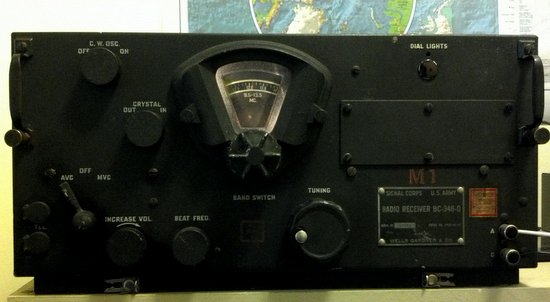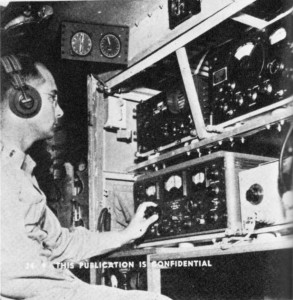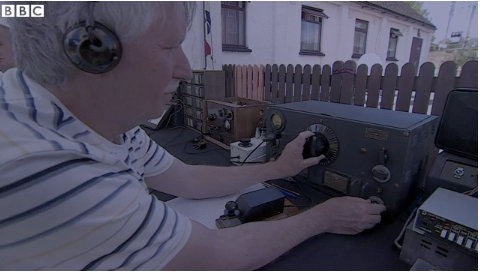 (Source: Southgate ARC)
(Source: Southgate ARC)
Whaddon: Secret life of village that helped crack WW2 code
On May 9, 2016, Milton Keynes Amateur Radio Society members operated GB1SOE to establish contact with French special event station TM75SOE using WWII equipment
This was to commemorate the 75th anniversary of the first transmission sent back to Whaddon Hall, Buckinghamshire, by Special Operations Executive (SOE) agent Georges Begue. They operated from Whaddon Hall during Monday using a replica MKIII transmitter and HRO receiver, on the French side a WWII B2 spy set was used.
The BBC report: The Codebreakers at Bletchley Park are well known for their top secret work which helped to change the course of the World War Two.
But the Buckinghamshire village of Whaddon, just a few miles down the road, has long been forgotten, despite the vital role it played. It was codenamed Section 8 and was a satellite station for Bletchley Park.
It is hoped a new memorial will give it its rightful place in history.
Watch the BBC TV report on the commemoration at Whaddon
http://www.bbc.co.uk/news/uk-36245666
A shorter version of the BBC report is at
http://www.bbc.co.uk/news/uk-36248874
Further information in the QRZ.com entries for TM75SOE and GB1SOE
Milton Keynes Amateur Radio Society (MKARS)
http://www.mkars.org.uk/

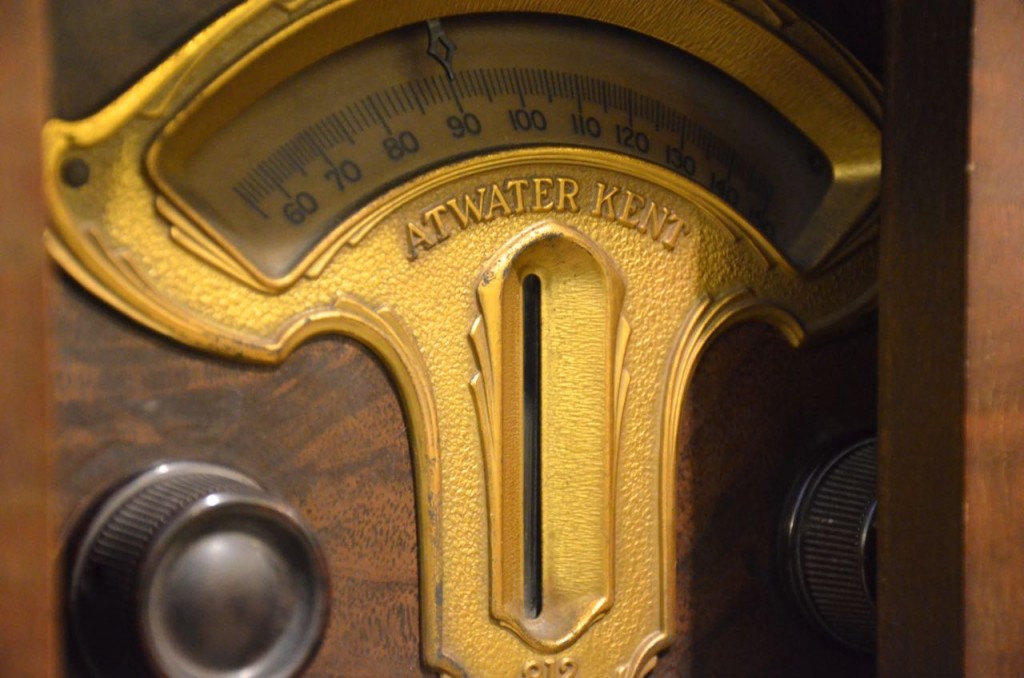
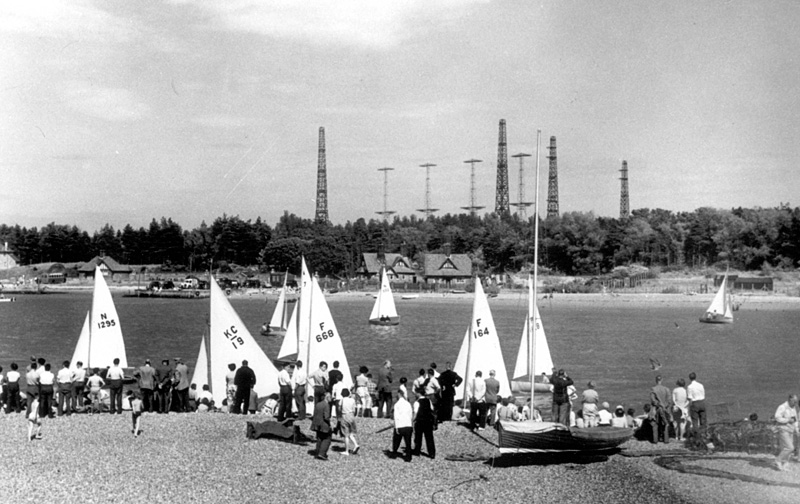
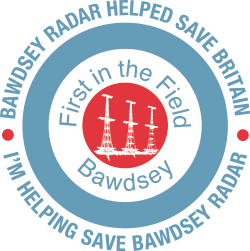 A
A 
